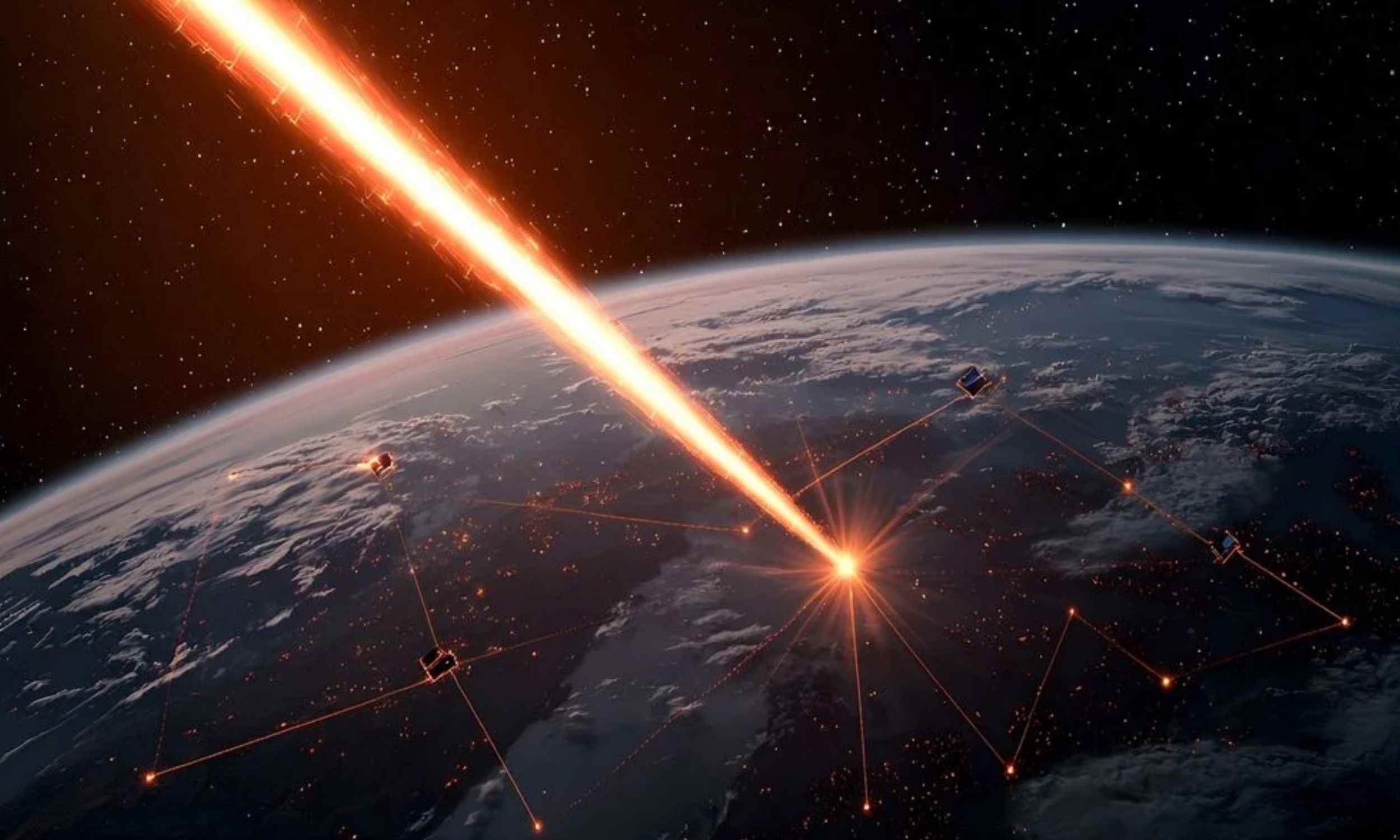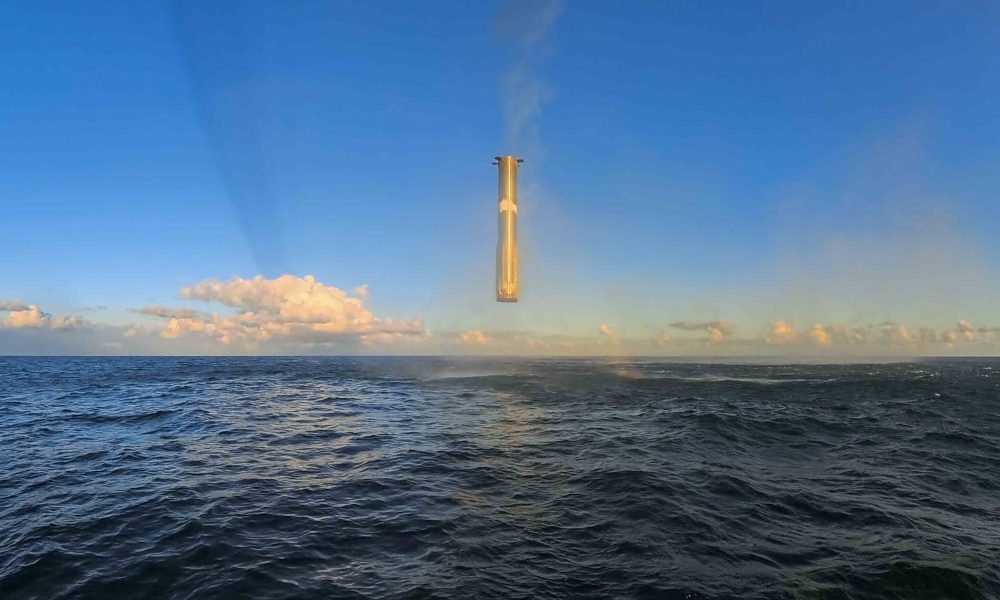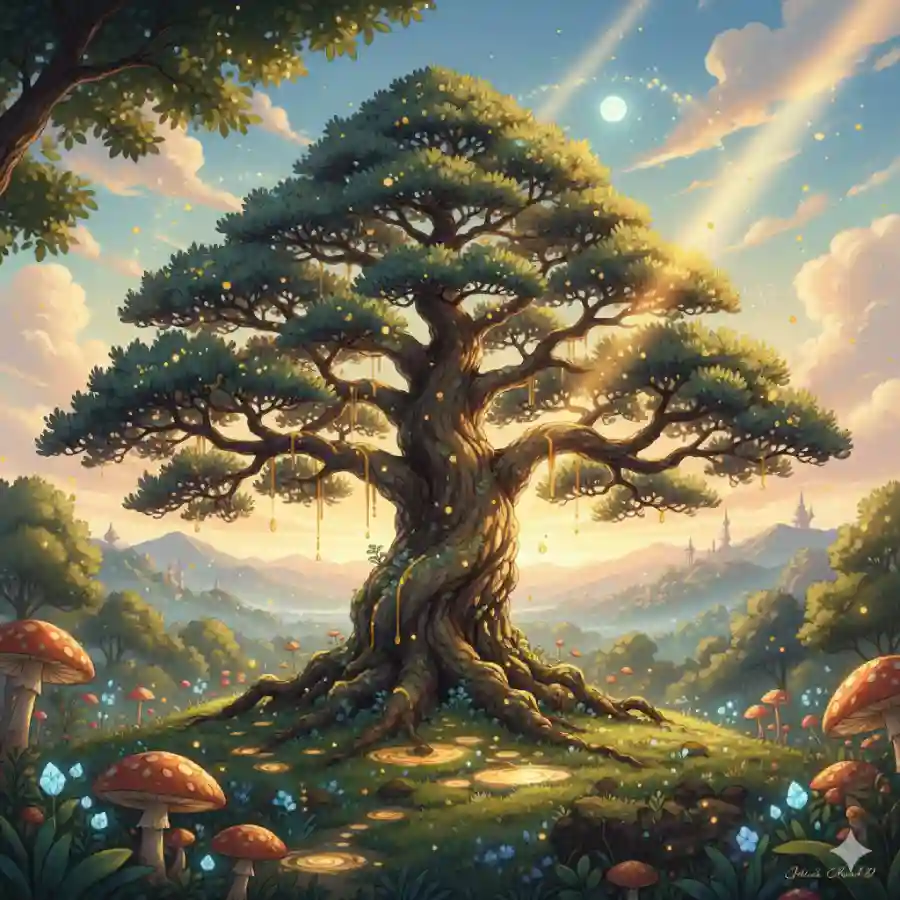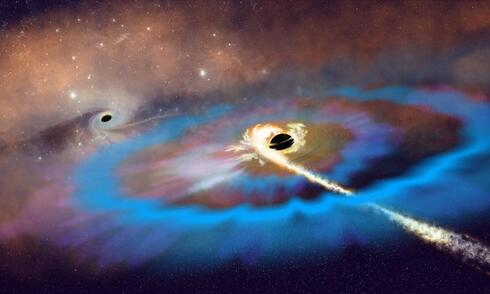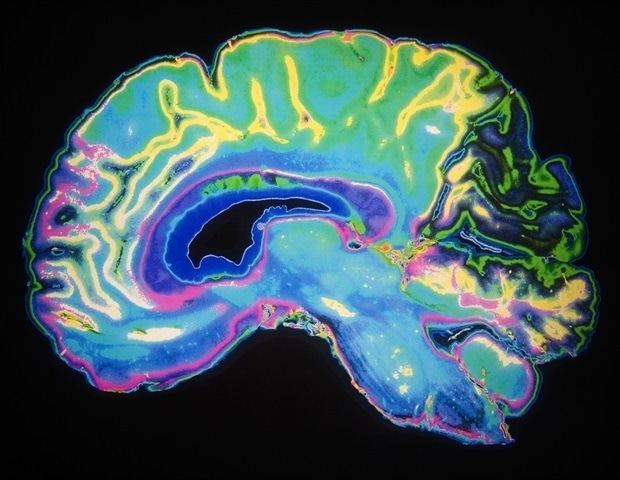Unbelievable Discovery: The Most Pristine Star Ever Found—What It Means for Our Universe!
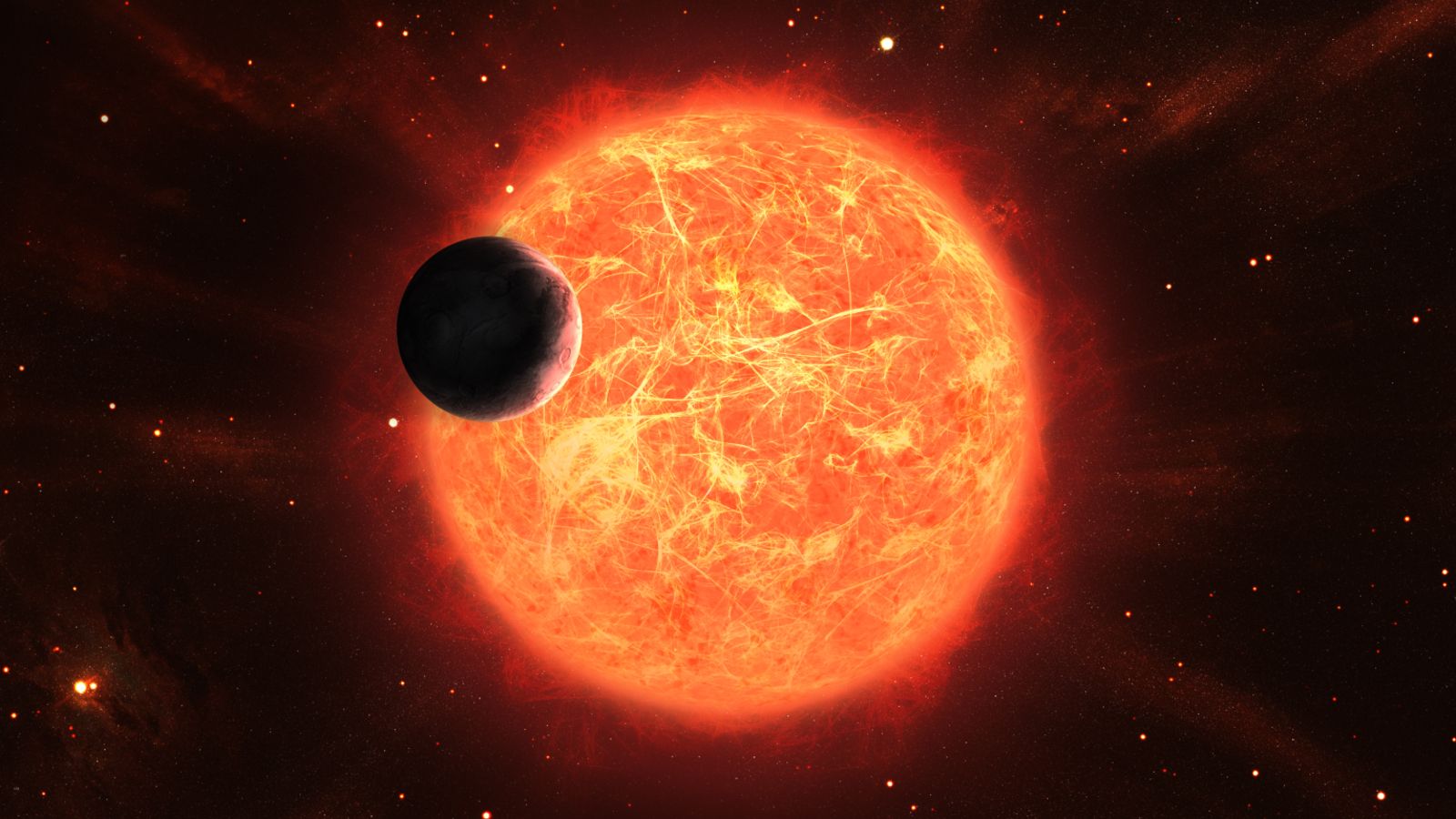
Imagine stumbling upon a star that challenges everything we thought we knew about the universe. Astronomers have made an astonishing discovery that has left the scientific community buzzing: a pristine red giant star, almost 30 times the mass of our sun, lurking near the edge of the Milky Way. This star, named SDSS J0715-7334, could be the offspring of the universe's very first stars, and its existence breaks a crucial rule of star formation.
All known stars, including our sun, are powered by nuclear fusion. This process involves fusing lighter elements into heavier ones under immense pressure, releasing a staggering amount of energy in the form of light and heat. Typically, hydrogen fuses into helium, while heavier elements like carbon, oxygen, and iron form in the star's core and are created during supernova explosions. Interestingly, the heavier metals, such as gold and uranium, come from these cataclysmic deaths of stars.
However, not all stars are created equal. Some stars boast a higher concentration of heavy elements—or metallicity—while others, like J0715-7334, are considered ‘pristine’ as they contain significantly fewer heavy elements. These low-metallicity stars are particularly fascinating to astronomers because they resemble the universe's first stars, which have never been directly observed.
The discovery of J0715-7334 was made possible through the MINESweeper program, leveraging data from the now-retired Gaia space telescope operated by the European Space Agency. Remarkably, this new star boasts the lowest metallicity ever recorded, surpassing the previous record holder by a staggering margin. Initial spectrographs reveal that its metal content is over ten times less than that of the most iron-poor star discovered to date.
Located approximately 85,000 light-years from Earth, J0715-7334 likely originated from the Large Magellanic Cloud—a dwarf galaxy that dances around our Milky Way. Its angular momentum suggests it was once part of that galaxy before spiraling into our cosmic neighborhood.
What sets J0715-7334 apart from other metal-poor stars is its remarkably low carbon concentration. While most iron-poor stars have a relatively higher ratio of carbon, which raises their overall metallicity, J0715-7334 defies this trend. This low metallicity strongly indicates it descends from first-generation stars formed from primordial hydrogen clouds left over after the Big Bang, providing researchers with a unique glimpse into the dawn of stellar evolution.
The implications of this discovery extend further: understanding how stars with such low metallicity can exist may redefine our concepts of star formation. J0715-7334 is now the second known star that falls below the “fine structure cooling threshold”—the minimum amount of heavy elements needed for superhot gas clouds to cool enough to coalesce into stars. Interestingly, researchers believe that cosmic dust, remnants of stars and planets, may aid in the cooling of gas, allowing for the formation of stars like J0715-7334.
This exciting find not only challenges our understanding of stellar evolution but also hints at the hidden mysteries of the universe waiting to be uncovered.


